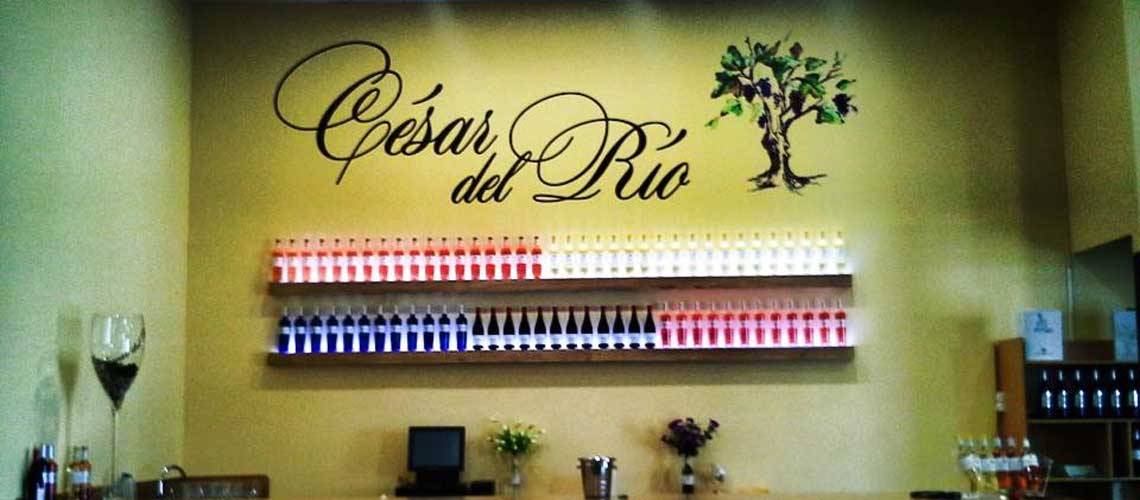
Martínez Alesanco: the new generation’s commitment to terroir
1 September, 2021
Bodegas Juan Carlos Sancha: a revolution in the Alto Najerilla
1 September, 2021César del Río used to work for a car company in Haro, but more than 30 years ago he decided to turn his life around and started bottling and selling the wines he made from his family vineyards. At present, the winery buys grapes from third parties, although 90% of its supply comes from the village of Cordovín itself. Del Río, alongside his son Iván, who is jointly responsible for the wines, does not hide his pride at having been one of the persons who popularised the name of his village in some of the leading markets in the north of Spain. “It’s a joint effort, not only on the part of us producers who are here now, but also on the part of the growers who used to sell their wines from village to village and talk about Cordovín,” he adds. “We are now focusing on the white wine. Slowly but surely, the strategy is working because we have traditional, high quality wines.”
The producer and his son Iván firmly believe in their village and their wine, Cordovín, so much so that the bodega has been expanded with a view to opening up to wine tourism and to offering meals: “We have introduced the wine in various markets, but we would like people to come and discover our vineyards, our bodega, our countryside,” says Del Río. “We are in the midst of the Route of the Monasteries, between San Millán, Cañas, Nájera and Santo Domingo, so we should also be able to make the most of this interesting tourist triangle.” César del Río has also opened a bodega in the nearby village of Alesanco, hoping to attract tourists and visitors from the Basque Country: “For us, word of mouth has always been very important.”

Since the mid-1990s, the village’s wineries have been making red wines as well. This is also the case of César del Río, who launched the brand Yursun with young unoaked wines made from Tempranillo, Garnacha and a small percentage of Viura, and now also includes a Crianza and a Reserva. Meanwhile, Iván is experimenting with a number of single vineyards that will soon bear fruit: “Climate change might be helping us, because this is a cold area and we wouldn’t have considered making reds 50 years ago.” The fact is that red wines from the Alto Najerilla area, and from Cordovín in particular, are finding recognition in several national and international competitions, especially in warm vintages when ripening is fully completed.




